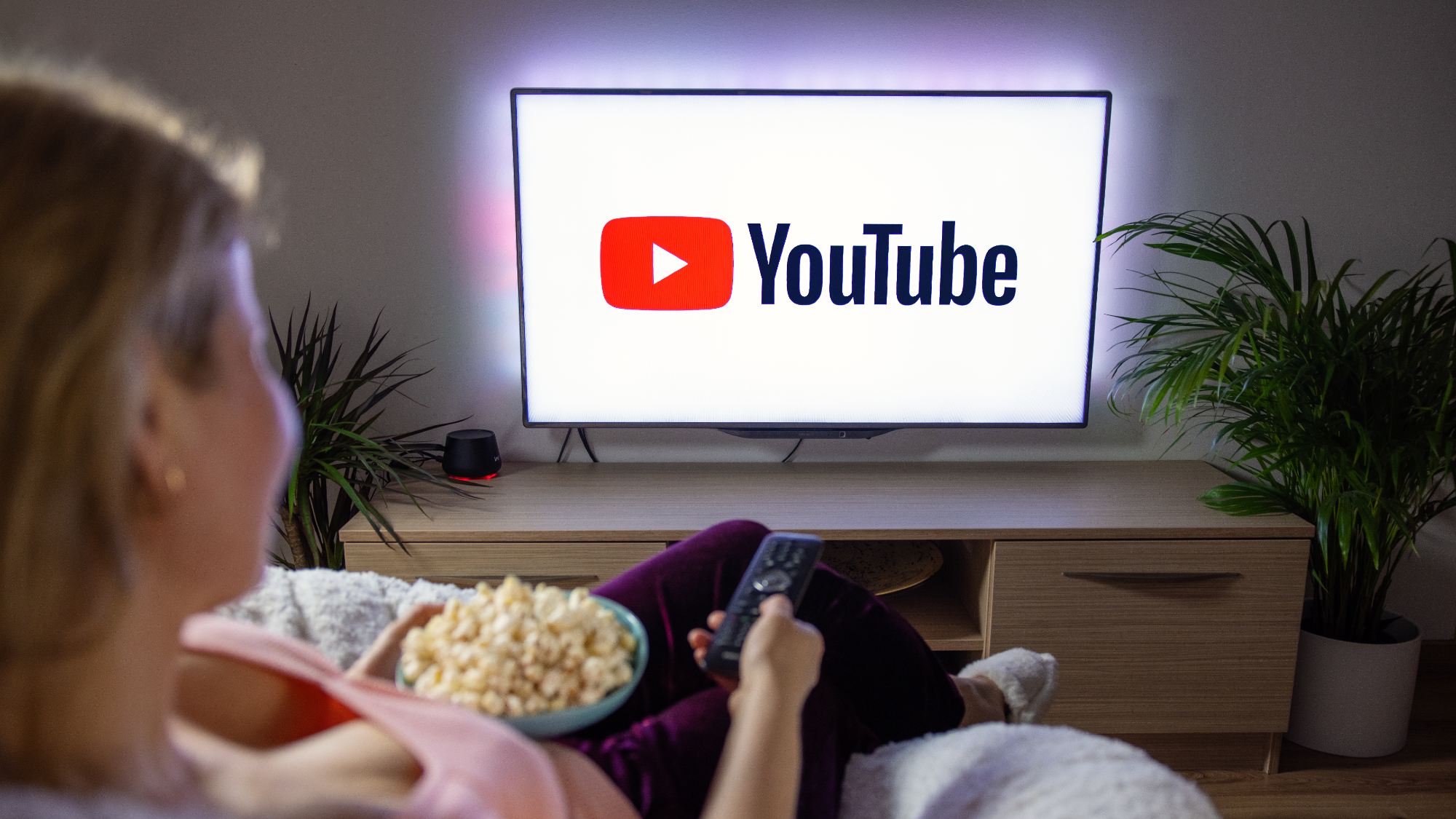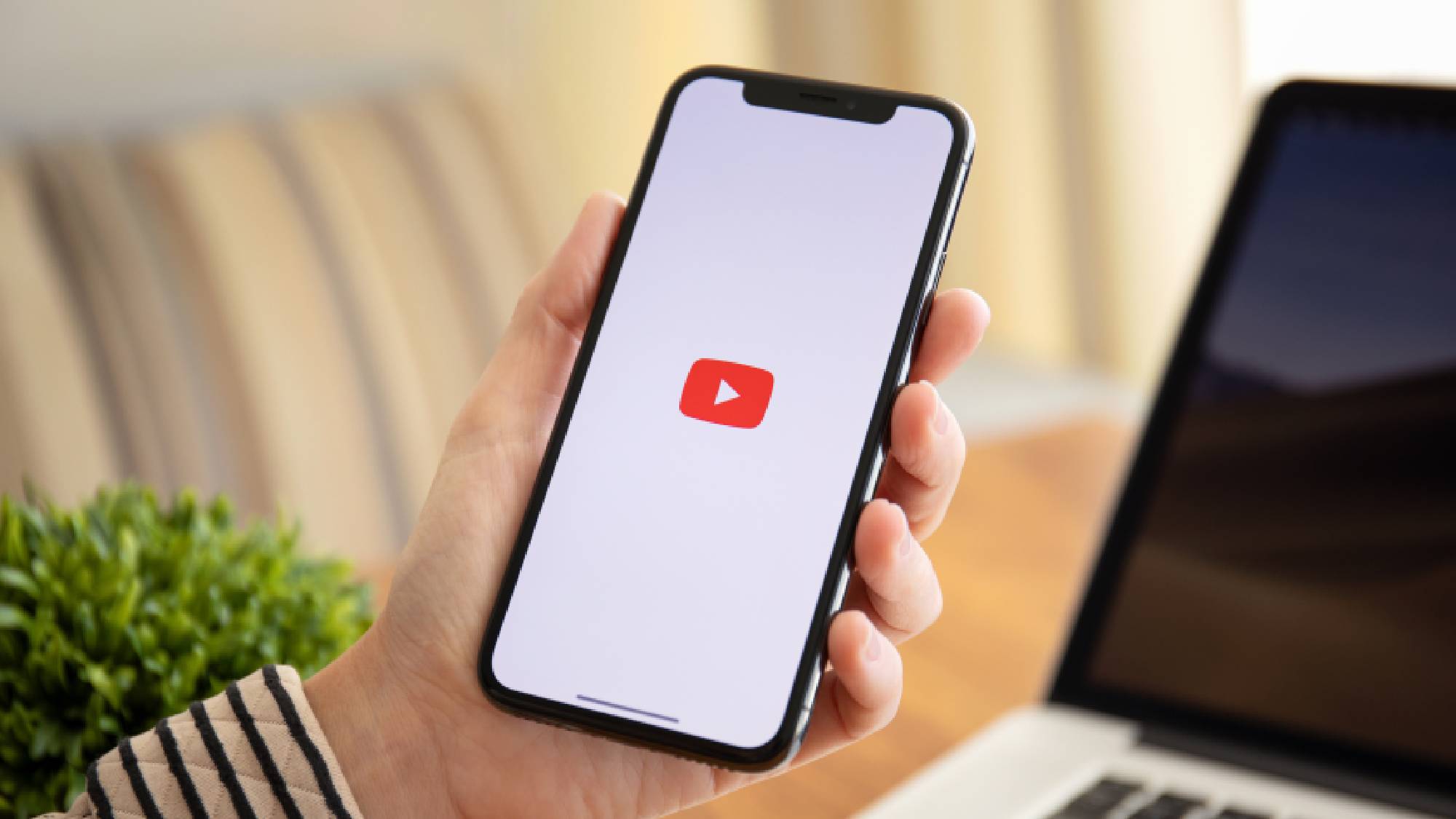
YouTube is supposedly testing a new feature that allows users to skip to the point in a video where most viewers begin watching thanks to the help of AI, according to a new report.
As per 9to5Google, this "Jump Ahead" feature began testing back in March among a small group of YouTube Premium users, but now the feature has become more widely accessible through the YouTube Labs page. When YouTube started the experiment, however, some users were automatically opted-in, so we're not entirely sure how "small" the original experiment was.
By leveraging AI and watch data, YouTube can now identify major points of interest in videos, including the parts that viewers often skip and the points where they tune in. The new feature is easy to activate and utilises the double-tap-to-skip function that's already prominent on the YouTube app.
Once you've double-tapped to skip in a video, a "jump ahead" button will appear in the bottom-right corner. The button does disappear though, just in case users only want to skip a few seconds of the video. Upon pressing the button, the video will "jump you to where most viewers typically skip ahead to". The video will also display an overlay that says "Jumping over commonly skipped section" with the Premium logo, similar to Premium control functions.
For most viewers, this feature could save seconds in a time-restricted viewing, or simply jump to the most viral clip. However, it's worth noting that the feature doesn't work for every video available on the site — but rather, it seems to work for those with plenty of views to determine points of interest.
Moreover, the Jump Ahead feature is only available for the YouTube Android App in the US only and for English videos. Premium subscribers need to opt into the experiment on the YouTube Labs page or through YouTube App settings. The experiment is set to end on 1 June 2024, but we speculate that this date could be extended.
Other new YouTube features

The new Jump Ahead feature trial joins the likes of the "Ask" feature that debuted on YouTube Premium late last year. The feature also used AI, in the form of a conversational chatbot to help users ask questions about videos and summarize comments.
The "Ask" button on the video page allowed users to "interact with AI" to learn more about the video's content, offer further video recommendations and summarize the video for easy content digestion. The responses were generated by large language models that reportedly drew information from YouTube as well as other sources across the internet.
YouTube has also recently begun enforcing stricter rules on creators to disclose whether videos feature "altered or synthetic" content, including generative AI. Creators now have to flag when they’re uploading realistic-looking content that could be mistaken for genuine footage. So anything involving unrealistic video, animation or special effects is exempt — even if gen AI was involved in production.
While enforcement measures haven’t been outlined, YouTube says that consistent failure to disclose will lead to the platform automatically labelling videos with AI-generated content, especially if they could mislead or confuse viewers.







